nterestingly, researchers also found smooth stones at the existing northern entrance, similar to those near the potential new opening.
Others are reading now
A team of Egyptian and German researchers believe they’ve uncovered what could be a hidden entrance in the Pyramid of Menkaure, one of the three iconic pyramids of Giza.
The discovery was made using cutting-edge scanning technology capable of detecting voids within ancient stone structures.
Breakthrough in a 4,500-year-old mystery
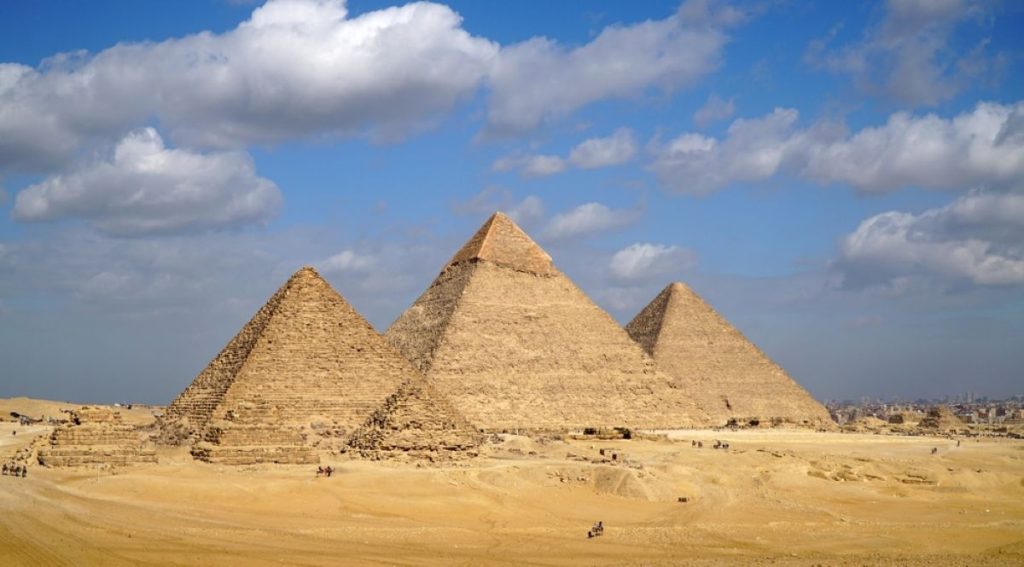
The Pyramid of Menkaure, built around 2510 BC, is the smallest of the three main pyramids at Giza. Historians believe it was intended as a tomb for Pharaoh Menkaure of Egypt’s Fourth Dynasty. However, the precise location of his burial chamber has never been confirmed.
Unusual stonework sparks curiosity

One of the earliest clues that led researchers to suspect a hidden passage came from an odd detail: several granite blocks in the area appeared unusually smooth. This polishing seemed deliberate and may have been intended to disguise or mark an entrance.
New scanning reveals hidden voids

Using advanced non-invasive technology, the scientists detected two air-filled voids behind the pyramid’s outer layers. These hollow spaces were invisible to the naked eye and undetectable using traditional archaeological methods.
Void located near ground on eastern face

Also read
According to the research, the larger void is a rectangular space about 13 feet wide by 19 feet long. It sits low on the pyramid’s eastern face, an unusual location, as the known entrance is located on the northern side.
Could this lead to the pharaoh’s tomb?

While the known entrance has long been studied, it has never led to a confirmed burial site. If the new void does connect to internal chambers, it might offer the strongest lead yet in the quest to locate Menkaure’s long-lost sarcophagus.
Supporting signs from smoothed entrance stones

Interestingly, researchers also found smooth stones at the existing northern entrance, similar to those near the potential new opening. This repetition suggests a possible architectural pattern, where polished stones mark important passageways.
Discovery described as “very plausible”

Christian Grosse, a professor of non-destructive testing at the Technical University of Munich, said the findings represent “an important discovery in Giza.” He added that the possibility of a hidden entrance is now “very plausible” based on the scan data.
A new era in pyramid exploration
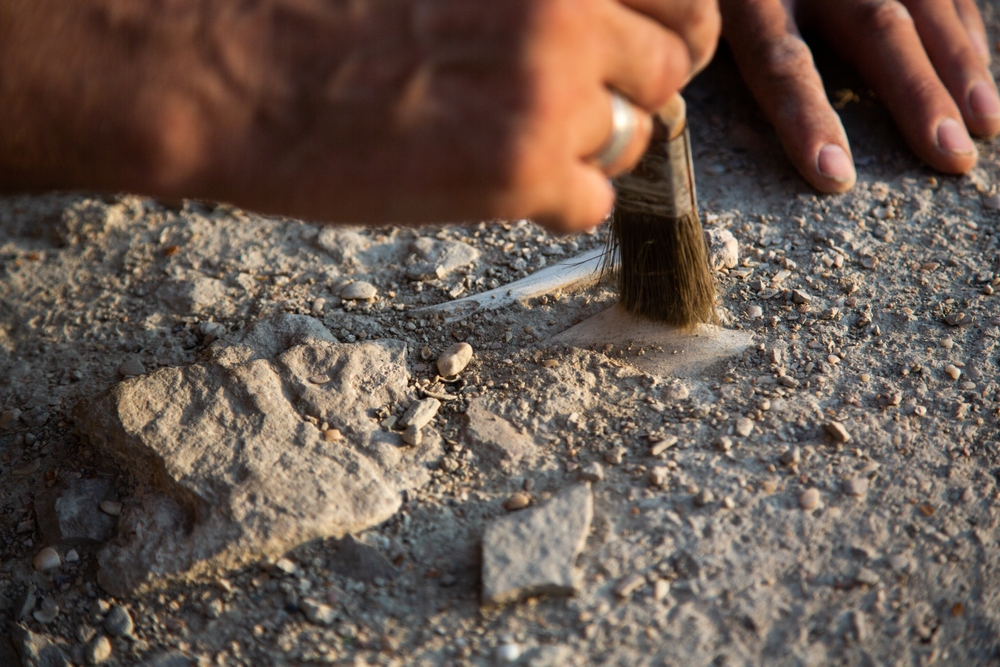
Thanks to the precise scanning techniques used, archaeologists can now map ancient interiors without damaging the structures. Grosse explained that the methodology enables extremely detailed insights that weren’t previously possible.
Eastern entrance offers new perspective

Also read
If confirmed, the eastern placement of this potential entry could challenge long-held theories about how the pyramids were accessed. It also raises questions about religious or symbolic reasons for facing the entrance toward the Nile.
Second chamber hints at complex design
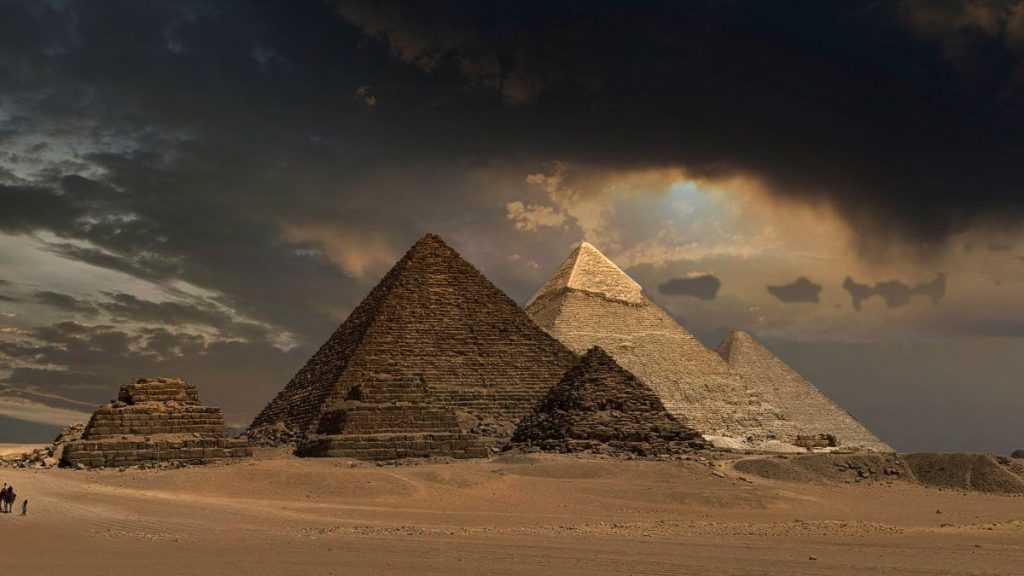
The data suggest that the pyramid may contain more than one inner chamber, raising the possibility that the structure is more architecturally complex than previously assumed. These findings could change how scholars understand pyramid construction altogether.
The importance of non-invasive archaeology
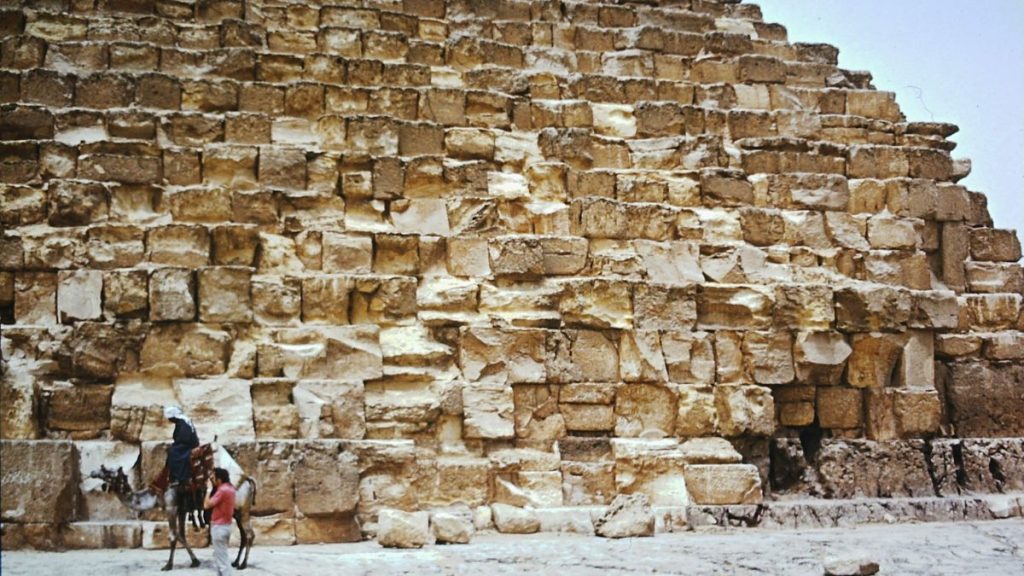
This discovery highlights the power of modern, non-destructive archaeological techniques. Without even lifting a stone, scientists are now able to peer deep into the heart of one of the world’s oldest monuments—and what they’re finding is rewriting history.
A step closer to solving an ancient enigma
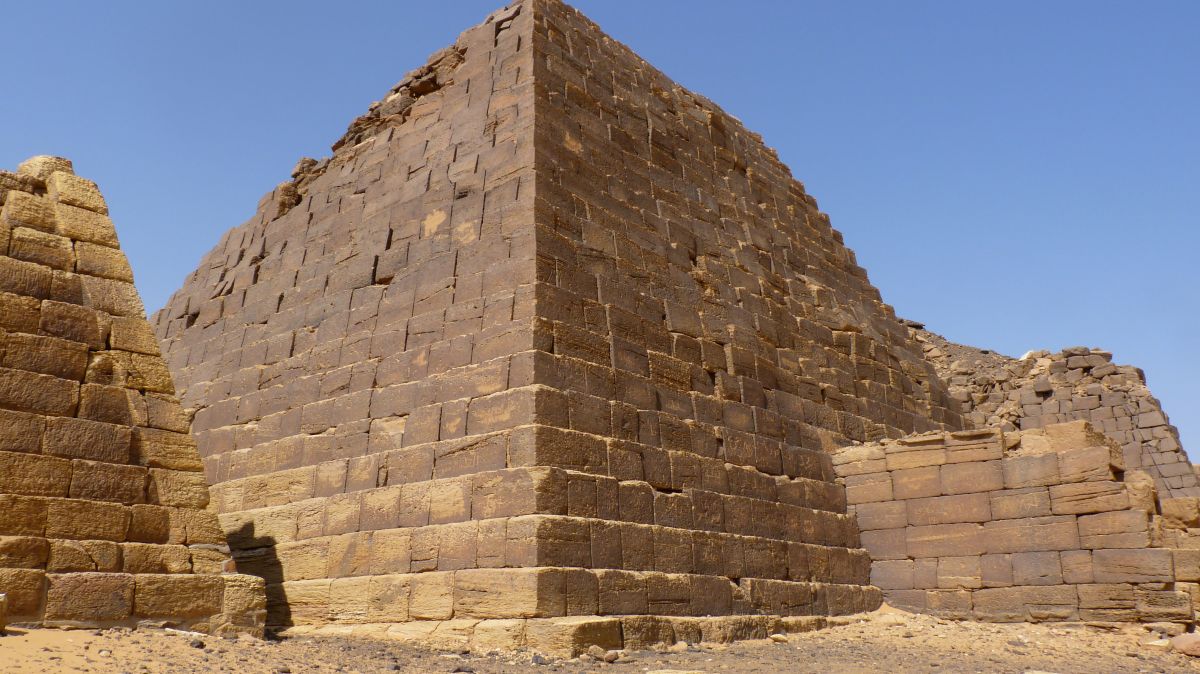
While the existence of a secret passage hasn’t been confirmed through excavation yet, the evidence is mounting. This could be the key to unlocking one of ancient Egypt’s greatest puzzles: the final resting place of Pharaoh Menkaure.
This article is made and published by Edith Hejberg, who may have used AI in the preparation

